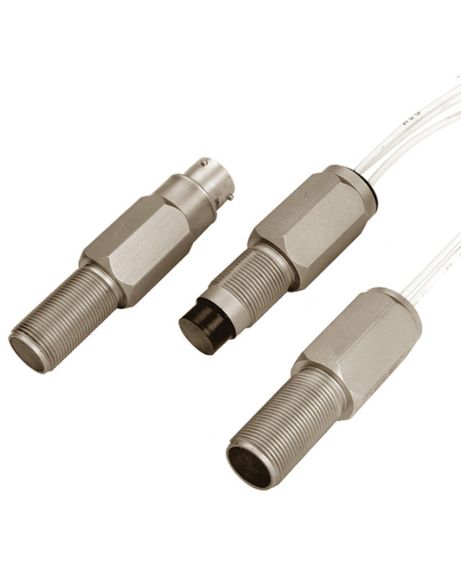Proximity Sensors
-
Global
-
Africa
-
Asia Pacific
-
Europe
-
Latin America
-
Middle East
-
North America
- |
- Partners
- |
-
Currency:Localize your Content
You can set your preferred currency for this account.
Choose a Currency
Currency- CHOOSE YOUR CURRENCY
Update Currency
Changing Currency will cause your current cart to be deleted. Click OK to proceed.
To Keep your current cart, click CLOSE and then save your cart before changing currency.
-
Select Account
Switching accounts will update the product catalog available to you. When switching accounts, your current cart will not move to the new account you select. Your current cart will be available if you log back into this account again.
Account# Account Name City Zip/Post Code CANCELPROCEEDMy Account
-
Global
-
Africa
-
Asia Pacific
-
Europe
-
Latin America
-
Middle East
-
North America
- |
- Partners
- |
You are browsing the product catalog for
You are viewing the overview and resources for
- Products
- Sensing Solutions
- Sensors
- Motion & Position Sensors
- Proximity Sensors


Proximity Sensors
Honeywell proximity sensors are ideal for many locations on an aircraft, or applications with severe shock, vibration, temperature and EMI environments
Honeywell proximity sensors are rugged, one- or two-piece products designed to meet demanding temperature, vibration, shock, and EMI/EMP interference requirements found in the harsh environments of aerospace (landing gear position, doors and slides, monitoring systems), ordnance (projectile sensing, ammunition loading systems), and marine (submarine hatch and door position, offshore equipment). Available in a variety of housing materials and termination styles.
Related Categories
Let's Connect!
Sign up to receive exclusive communications from Honeywell including product updates, technical information, new offerings, events and news, surveys, special offers, and related topics via telephone, email, and other forms of electronic communication.
Copyright © 2025 Honeywell International Inc
Maximum File Size
Maximum Files Exceeded
Due to inactivity you will be logged out in 000 seconds.
Maximum File Size
Maximum Files Exceeded
You cannot access this page as this product is not available in your country.

